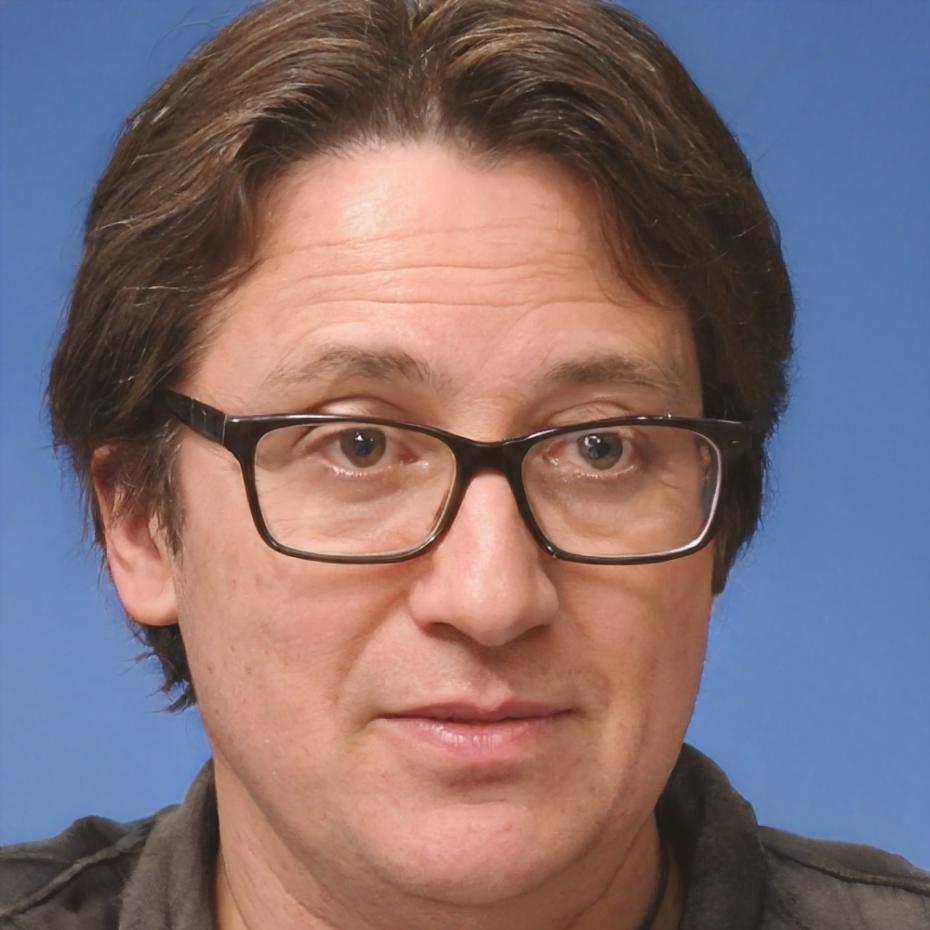Learn Game Art That Studios Actually Use
We teach 3D modeling and animation through real production scenarios. Not theory-heavy lectures or outdated techniques—just practical skills you'll apply from week one. Our autumn 2025 program focuses on workflows used at European game studios right now.
View Program Details
How Our Training Works
We break down complex game art production into manageable phases. Each stage builds on previous skills while introducing new techniques you'll need in professional environments.
Foundation Period
First eight weeks cover modeling fundamentals and topology principles. You'll create simple props and learn why polygon flow matters. Most students finish this phase with three portfolio pieces.
Technical Skills
Weeks nine through sixteen focus on texturing, UV mapping, and basic rigging. This is where your models start looking production-ready. We cover PBR workflows and common material setups.
Animation Practice
Final phase introduces character animation and motion principles. You'll work with existing rigs before creating your own. Most time goes to hands-on practice with feedback loops.

Real Projects, Not Tutorials
You won't follow step-by-step video tutorials. Instead, we give you briefs similar to what junior artists receive at studios. You figure out the approach, we provide guidance when you're stuck.
- Work on assets that could fit into actual game pipelines
- Learn to solve problems without constant hand-holding
- Build a portfolio that shows your process, not just final renders
- Get feedback on workflow efficiency, not just visual results
What You'll Actually Learn
Our curriculum focuses on tools and techniques that Slovakia-based studios use regularly. We skip niche features and concentrate on what you'll do daily as a junior 3D artist.
- Blender and Maya workflows for game asset creation
- Substance Painter for texturing and material authoring
- Basic animation principles and keyframe techniques
- Game engine integration and optimization basics
Classes start October 2025 and run through March 2026. We meet twice weekly for three-hour sessions, plus you'll need around ten hours weekly for assignments.


Taught by Working Professionals
Our instructors currently work at game studios or as freelance artists. They know what's changed in the past year and what skills actually matter when you're trying to land your first position.
We don't promise job placement or specific salary outcomes. What we do offer is honest feedback on your work and guidance based on what we see studios looking for when they hire juniors. Some graduates find positions within months. Others need more time to build their portfolios.